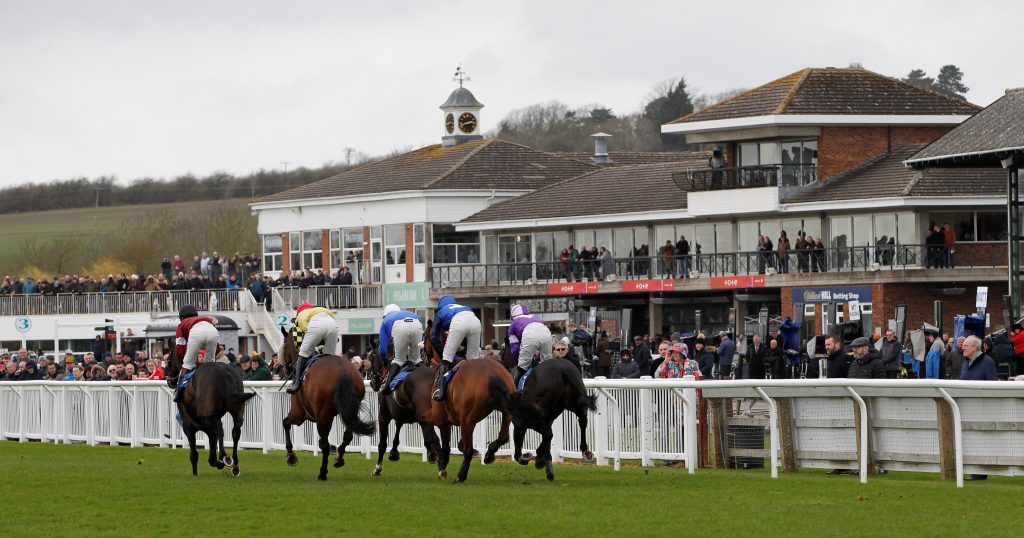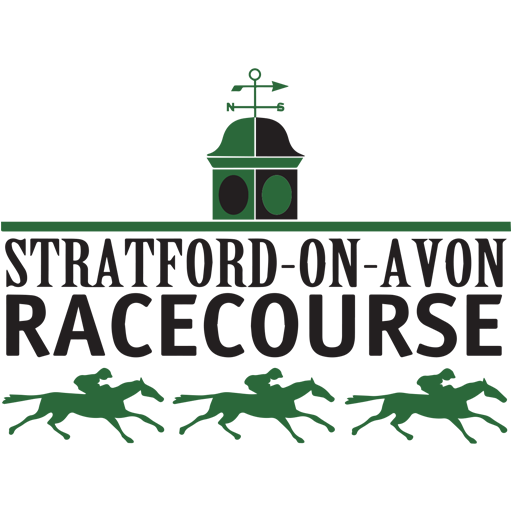Experiencing a day’s racing can be an exciting and pleasurable event for both race enthusiasts, and those who simply want to have a day out. Regardless of whether you’re an old sweat or a newcomer, it is important to be knowledgeable about the regulations and guidelines to guarantee a seamless and unforgettable day.

If you’re looking for more ways to have an adrenaline rush, head on over to Betstation to learn more about which sports betting sites are the best fit for you!
In this article, we will list 8 tips to help you fully enjoy your time at the racecourse.
Dress for the weather
We don’t stand on ceremony at Stratford; there are no dress regulations although we’d prefer you to be covered! Be practical. Our season stretches from March to November, and we enjoy all the seasons as a result. You won’t need wellies – all our surfaces are hard, but you may need a coat to keep out the March winds, or shirtsleeves in mid-summer.
Our Ladies Day on July 23 affords a chance to the fairer sex to dress up and put the glad rags on, but well-groomed horses and humans are our stock in trade. We’ll never turn away someone for being too smart!
Get under the skin of the sport
Unlike many stadium sports, racing allows you to get up close and personal with the participants. This is a not a licence to accost trainers and riders with what they did wrong about any particular horse, but they are readily available and receptive to approaches. Riders walk through the crowd from the parade ring to weighing room, and all are accessible. Imagine that with Harry Kane or Pep Guardiola!
Racing TV grabs riders or trainers after each race for a brief interview. You can gather snippets of information merely by eavesdropping these conversations, both on and off the record. Find the RTV spot and one of your own to casually lean on the rail and listen.
Enjoy the pre- and post-race analysis
Racing is full of conspiratorial conversations. Trainers and riders, owners and trainers, occasionally trainers and bookmakers, officials and riders, officials and trainers, bookmakers and bookmakers and so on. It’s an environment where gossip and hearsay thrive.
You can sometimes overhear where a race went right by listening to a rider’s race review with the trainer or owner in the winner’s enclosure. Of course, what an rider says to an owner is not always exactly the same as to the trainer – his employer! They say owners are like mushrooms: you keep them in the dark and feed them rubbish! That cynical old adage is happily mostly in the past nowadays in these times of multi-channel communications.
You can listen in in the pre-parade ring too, where the noise is more muted and where you may be able to glean little snippets of anticipatory conversation.
Browse the betting ring
One of the unique flavours of the racecourse remains the betting ring. Chalk boards have given way to electronic display boards for the most part, and the language of tic-tac has all but disappeared but there’s still plenty of atmosphere.
Bookmakers are not dissimilar to market traders. Some are born hustlers, shouting the odds – quite literally – in an effort to win extra business. And occasionally, you’ll see an oddsmaker change his price and punters will dive in in a flurry of hands waving notes.
With each bet, the lead will call out the bet to his bookkeeper to record against the ticket he’s issued you, so at least one person knows what you’ve staked and at what price!
Today’s racecourse bookies are largely middle-aged. It looks something of an anachronism for younger folk so unless you’ve been born into a bookmaking family, it’s an unlikely career choice. It’s a tough career too; not so difficult standing out in mid-summer; less so in February when a desk-bound job looks far more attractive.
Betting with bookies is not the clinical exercise you find with the Tote, and there’s more choice. But like every market, there’s an energy to it that brings great atmosphere and excitement.
Watch racing from a fence
There’s an unmistakable thrill to hearing the sound of a race. The thunder of hooves dubbed on to a televised race is as nothing compared to the sound of galloping horses, hooves pounding the turf, breathing, the sound of leather against leather, jockeys shouting at one another and the occasional smack of a stick. It’s a veritable assault on the senses.
The best place to stand is at a fence, where you’re not the only one to hold your breath as they leave the ground. Horses also hold their breath as they jump. You can also see how riders shorten up if they are meeting a fence wrong, or look for a long one to gain lengths in the air. And watch how they change their hands on the reins afterwards in a single seamless movement to appreciate that race riding is far from a static experience.
Watch the start
I love watching the start of a race. Runners arrive at a canter from their parade in the paddock. The starter and his assistant are in waiting, greeting them and checking girths. When everyone has arrived, the starter will call out the numbers and each rider will reply “Yes sir”. There is a bit of chit chat between riders, mostly about their intentions: “Anyone making it?” “This fella bites, watch out!”
Runners will have presented their horses to the first obstacle lest there be any doubt as to the task in hand. Once all runners are back at the start, the ground staff will pull across the tape, an elasticated rope attached to two spigots on the non-release side. The release is attached to a trigger held by the starter.
The advance flag man stands a furlong down the track with a flag, preparing to wave it if the starter declares a false start. This happens if a horse breaks the tape, or if horses approach the tape at a canter, in which case a standing start will be deemed necessary.
At country meets like ours, starts look quite relaxed and quiet. Everything is very collected, but it’s not always like that. Starts for the major races can be chaotic on occasion, with big fields all jostling for the best inner berth, and horses barely contained in a trot approaching the start line. It’s great theatre.
Collect racing jargon from the commentator
Some race callers use entertaining language to bring the races to life. Compare this to dog racing where the dogs have no name, just a number, and by dint of the races being shorter, the commentary is more restrictive.
Over a 3 mile chase, a commentator can get quite creative. Start to recognise the meaning of phrases like “off the bridle/bit”, meaning the horse is not straining against the reins; “coming with a wet sail” – a favourite of Aussie racecaller Jim McGrath; “handled tenderly” – code for not being given a hard race, and so on. They are all enhanced by the wide degree of nuance applicable to the English language.
